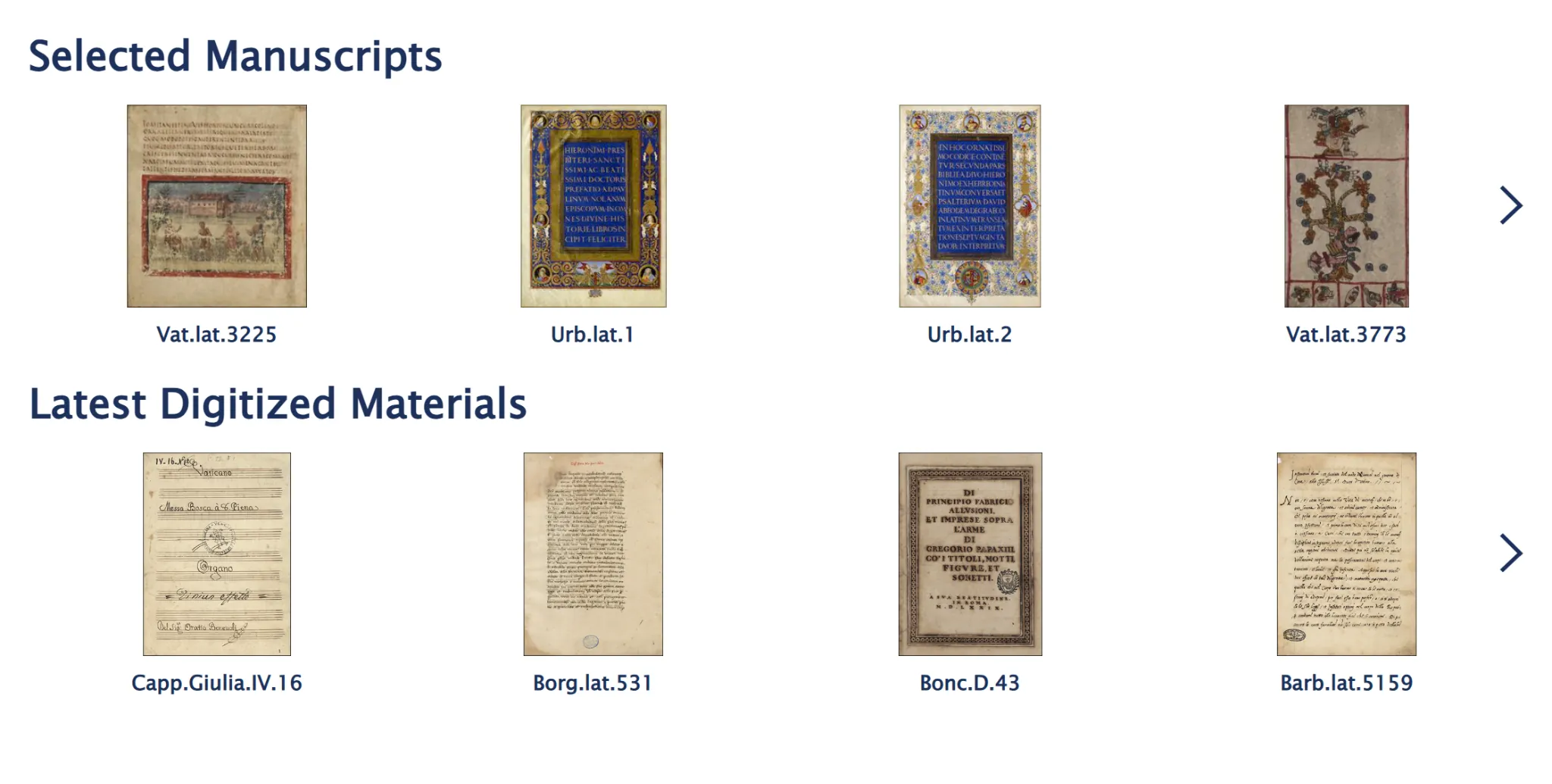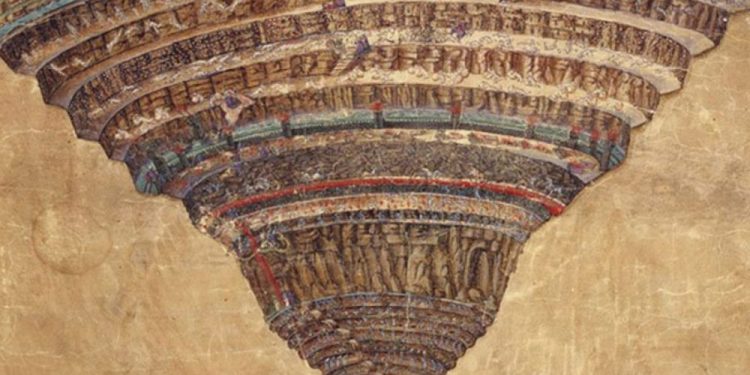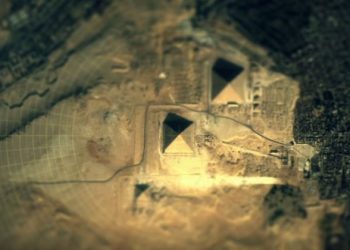Thousands of digitized Vatican Library manuscripts are unlocking access to texts that were once hidden deep within the walls of Vatican City. From illuminated codices to handwritten letters by Michelangelo and Galileo, this vast project is reshaping how the world engages with some of the most valuable and rare historical documents ever created.
Ancient archives meet modern technology

For centuries, the Vatican Apostolic Library has been one of the most inaccessible troves of human history. Founded in 1451 by Pope Nicholas V, its shelves hold over 180,000 manuscripts, 1.6 million printed books, and more than 150,000 images. These include everything from early scientific treatises and medieval literature to private letters exchanged between popes and kings.
Most of these works remained out of reach to all but a few scholars. But that began to change in 2014, when the Vatican launched an ambitious digitization initiative to bring its ancient manuscripts online—and make them freely available to everyone.
The birth of a global archive
The project began with the formation of Digita Vaticana Onlus, a non-profit founded in 2013 to support the digitization of approximately 80,000 manuscripts. The effort required custom technology to scan these priceless, fragile works without damaging them. Each page is carefully photographed using specialized equipment, then preserved in ultra-high-resolution digital files stored redundantly in multiple locations.
The digitization process doesn’t stop at scanning. Each file is tagged with metadata, reviewed for accuracy, and uploaded to the Vatican’s official online platform: DigiVatLib, short for Digital Vatican Library.
What began as a cautious and complex process has evolved into one of the most important historical preservation efforts of the 21st century.
What’s already online?
As of 2025, more than 20,000 digitized Vatican Library manuscripts have been uploaded and are freely available to the public. These include a breathtaking range of subjects and eras:
-
Early biblical and theological texts
-
Renaissance drawings and notes by Michelangelo
-
Scientific manuscripts by Galileo Galilei
-
Medieval astronomy and mathematics texts
-
Classical Greek and Latin literature
-
Islamic medical and philosophical treatises
-
Illuminated manuscripts from the Middle Ages
The Vatican Library still guards the physical manuscripts within its walls, but its mission is growing. What was once a private archive for a select few is now becoming an open resource for anyone with curiosity and a connection.
In a time when access to historical material is often restricted or lost entirely, this project is quietly changing that. From your phone or laptop, you can now study the same pages that once passed through the hands of popes, scientists, and artists centuries ago.
It’s a rare kind of access—one that doesn’t require permission, just interest.
15 years, 50 million euros, and priceless knowledge
Digitizing the full collection of 80,000 manuscripts is a monumental task. Vatican archivists estimate the entire effort will take over 15 years and require more than 50 million euros in funding. Despite the cost, the project continues to gain support from universities, cultural institutions, and individual benefactors around the world.
The Vatican Library still protects its original manuscripts behind centuries-old walls, but its purpose has clearly shifted. It’s no longer just a sanctuary for scholars—it’s becoming a digital library for the entire world.
And that shift matters. In an age where historical knowledge often disappears behind paywalls or slips quietly into obscurity, these digitized manuscripts are now just a few clicks away. You don’t need credentials to examine the handwriting of Galileo or flip through a medieval psalter once read aloud in candlelit chapels.
It’s not about rescuing old paper. It’s about letting the past speak—openly, and to everyone.











